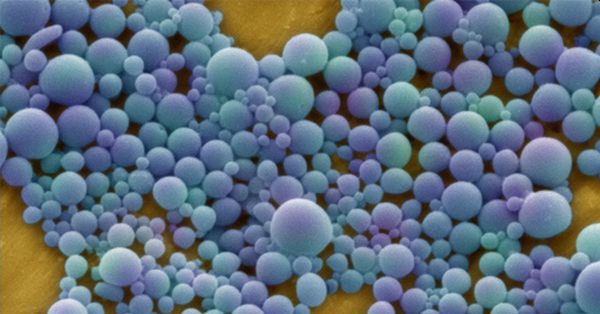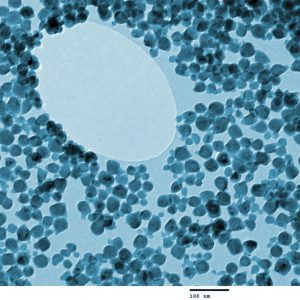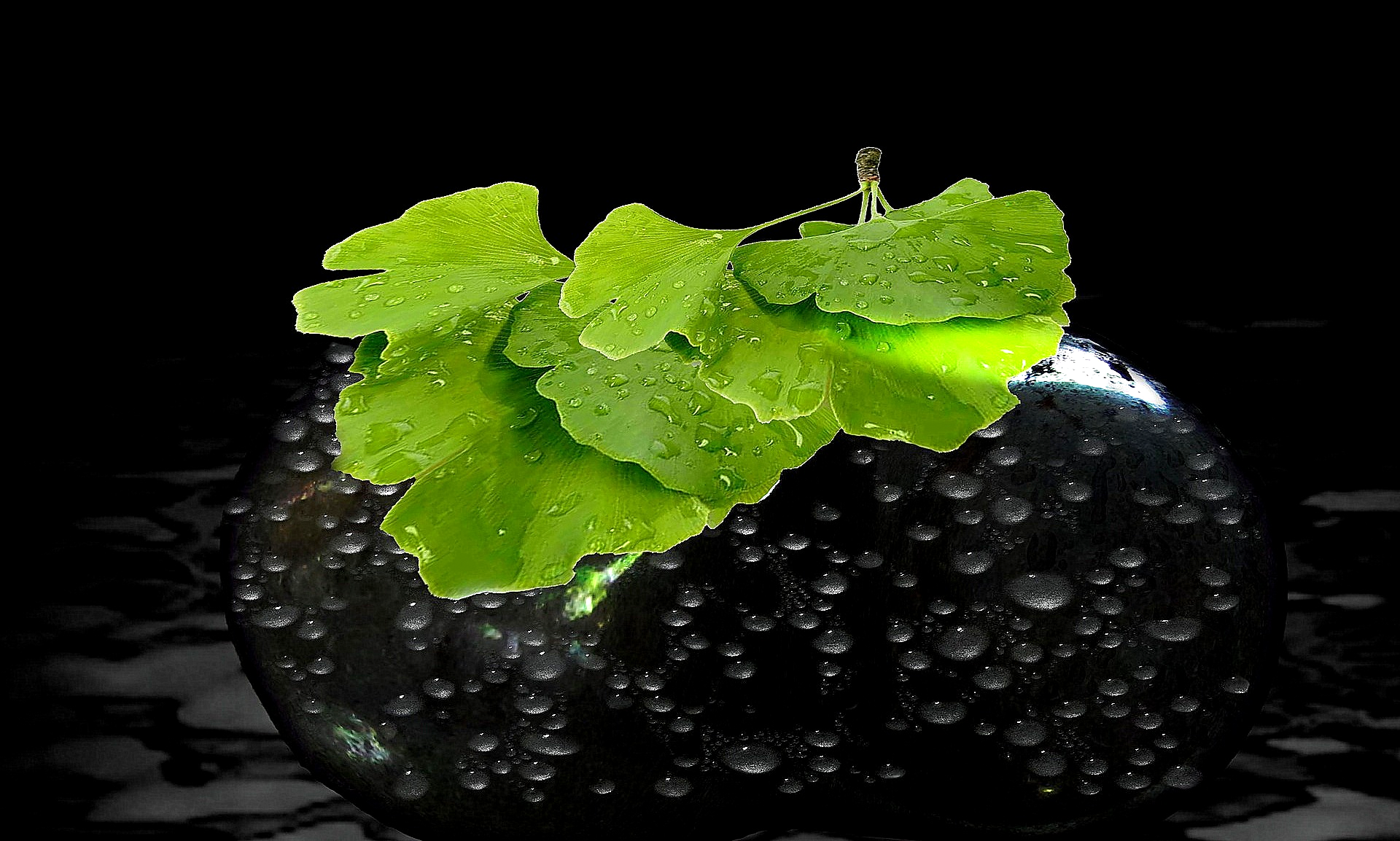
Representatives of homeopathy often claim that nanoparticles of the mother tincture are the carriers of the effectiveness of homeopathic preparations. That this is not possible at all can be seen after quite simple considerations:
Nanoparticles are particles that consist of comparatively few atoms or molecules and are therefore very small. The size is measured according to “nanometres”, which is the millionth part of a millimetre. Because of their small size, nanoparticles have astonishing properties; they can penetrate cell membranes, for example, are very reactive and much more.
If homeopathy with nanoparticles is to work, such particles would have to be present in the finished preparation the patient is taking. These are particles from the mother tincture, the original substance with which the production of the homeopathic remedy began. And that is the key with which this assertion can quite simply be reduced to absurdity.
Potentiation is also dilution. This means that the more often you potentiate, the less of the starting material is present in the solution. And already from very early potencies the quantity of these atoms or molecules is no longer sufficient to form nanoparticles in appreciable numbers.
No problem, say the homeopaths, these nanoparticles are certainly somehow passed from one potency to the next quite completely. But nobody can explain how this is supposed to happen, how to make sure that the particles are also noticed if only one tenth or even one hundredth of the solution is removed in order to then potentiate them further. Nor what the point of this undertaking would be if it were successful. If the nanoparticles remain the same as before, what will change in the efficacy that is to be increased by potentiation?
Yes, homoeopaths say again, perhaps the particles will become smaller through the subsequent shaking and thus more reactive and thus more effective? Good answer, but why do we have to keep on diluting? Why can’t we just prepare the solution once, say one gram of primary substance to one litre of water or a mixture of water and alcohol, and then simply shake until the desired strength is reached? No more answer.
There is also no answer to the objection that in order to be effective via nanoparticles, the original substance itself must first form nanoparticles in the solution. This is precisely what substances that are soluble in solvents do not do. Just some of the most universally applicable homeopathic remedies, sodium chloratum, potassium carbonicum and arsenic album, are salts that form differently electrically charged particles (“ions”) in the solution, but no nanoparticles.

Now, however, nanoparticles have been found in sodium chloratum, even at highest potencies, is there even research on it? Yes, this happened – but how? One has examined highly potentiated solution of sodium chloratum with an electron microscope for nanoparticles. The only problem is that the sample, i.e. the drop to be examined, has to be dried. The impurities contained in the solvent – 10 milligrams per cubic centimeter – remain and form crystals. And this is what can be found under the microscope: Crystals of impurities, the most common of which is the ubiquitous table salt, i.e. sodium chloratum. Of course, these crystals can also be found on the globules, theoretically at least, but when the patient takes them, the salt dissolves again in the saliva – and the nanoparticles observed are gone.
That should be enough. Let us spare ourselves the thought of how nanoparticles would actually have to be imagined if primordial substances from the animal and plant kingdoms were used. What do the nanoparticles contain in these cases? Which of the many thousands of different substances that make up an animal or a plant are combined to form nanoparticles? Or is the nanoparticle an extremely miniaturised image of the original organism that contains everything? If not, how is the right component selected? And what do the nanoparticles look like when non-material primary substances are used? Light, electricity or vacuum?
As you can see: The concept of nanoparticles as carriers of the effectiveness of homeopathic remedies generates more questions than answers and is absolutely not suitable to explain the effectiveness of homeopathic remedies.
Author: Dr. Norbert Aust
Further information (in German):
Nanoparticles and homeopathy – how is that possible?
Our “Homöopedia” on nanoparticles
Picture credits:
Wellcome Images CC BY-NC-ND 2.0
Wikimedia Commons; Lmackenzie89 – Own work, CC BY-SA 4.0
(https://commons.wikimedia.org/w/index.php?curid=56937308)


One Reply to “Homeopathic preparations also don’t act through nanoparticles”
Comments are closed.